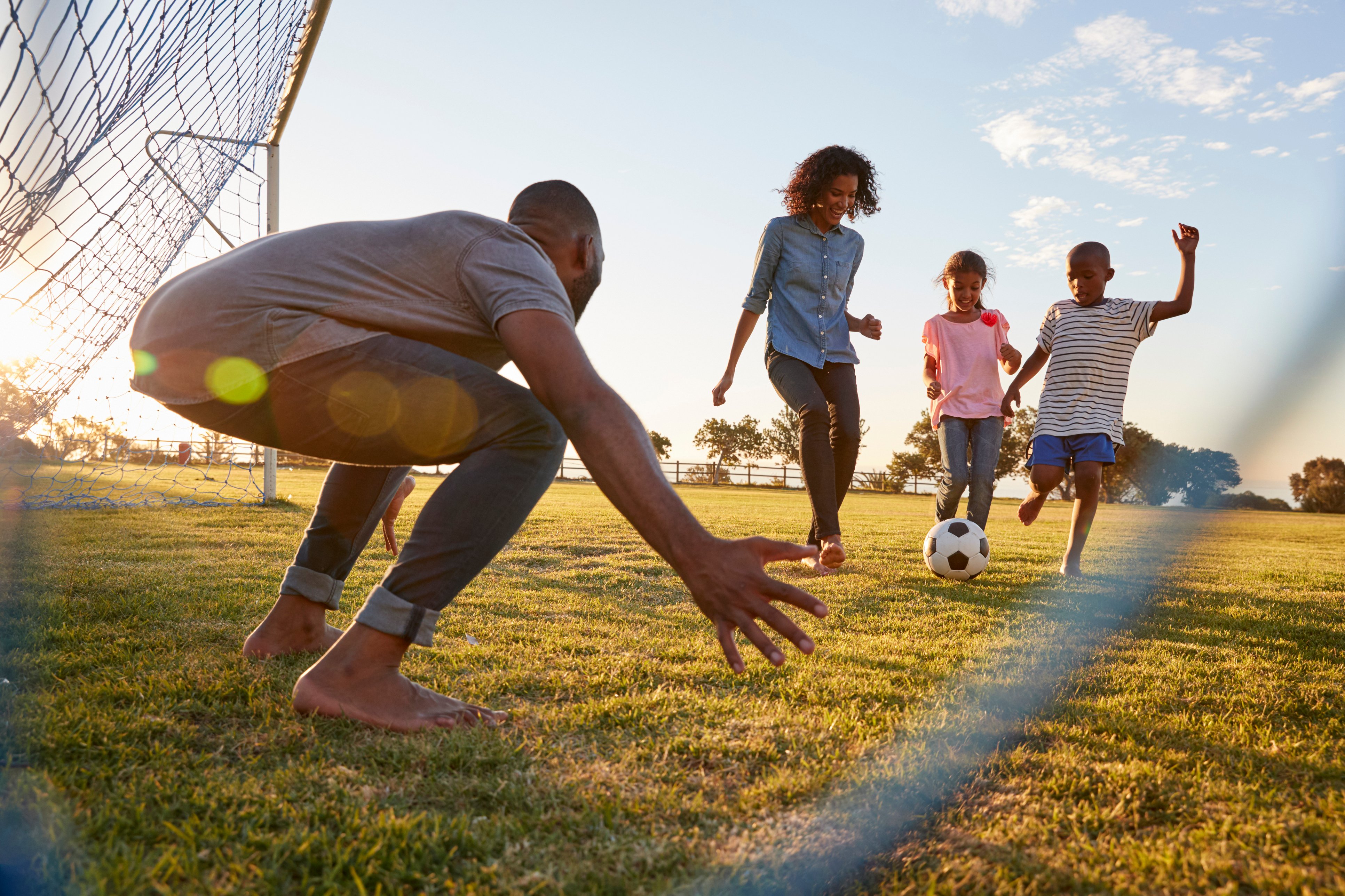The word arthritis comes from the Greek words "arthron" meaning "joint," and "itis", meaning inflammation. Thus, arthritis is inflammation in the joints, the places where the bones come together. Many people think that arthritis is something only old people get. Children and teenagers get a type of arthritis called juvenile idiopathic arthritis (JIA). "Juvenile" means young (16 years of age or younger) and "idiopathic" means the cause is not known. JIA is also sometimes called juvenile rheumatoid arthritis (JRA).
An animation of a knee joint bending.
Inflammation occurs when the body reacts to infection, irritation or other injury. Symptoms of inflammation include redness, warmth, swelling and pain. Arthritis means you have inflammation in your joints.
Here are some differences between arthritis in children/teenagers and arthritis in adults:
- Osteoarthritis, a common form of arthritis in adults, is not common in young people with JIA.
- It may take longer for young people with JIA to be diagnosed because many people (even some doctors) don’t realize young people can get arthritis.
- JIA in young people may affect their growth. If the JIA affects many joints or other body systems, they may grow more slowly overall. On the other hand, if only one joint such as the knee is affected, the inflammation can cause more blood flow to that joint and make that part of the body grow faster. Injury can also occur to the growth plates, which may cause growth to be slower in some children or teens.
- Children and teenagers with JIA may also get inflammation in their eyes.
- Medications used to treat JIA are generally the same in all age groups. However, doses need to be adjusted for children and teenagers based on their weight.
For more information regarding teens and JIA, please visit our teen JIA learning hub: teens.aboutkidshealth.ca/jiateenhub
How common is JIA?
- JIA affects about 10,000 (one in 1000) children and teenagers in Canada.
- Four times as many girls as boys get JIA.
How does JIA affect the joints?
Look at the illustration below of a healthy joint and a joint with arthritis. See if you can pick out the differences between them.

In a healthy joint, a special sac called the articular capsule surrounds the space between two bones. The inner lining of this sac is called the synovial lining. The synovial lining makes a fluid that keeps the joint slippery. This fluid is similar to motor oil that keeps the parts of a car engine working properly. The ends of the bones are covered with a smooth substance called cartilage. The cartilage allows the bone ends to glide easily across each other.
In JIA, changes in the immune system cause the lining of the sac to become inflamed and thickened. Extra fluid is produced, which contains inflammatory cells. These inflammatory cells make and release substances that can cause the symptoms of joint inflammation. These symptoms include warmth, stiffness, swelling, and pain. If left untreated, joint inflammation can damage the cartilage and underlying bone.

